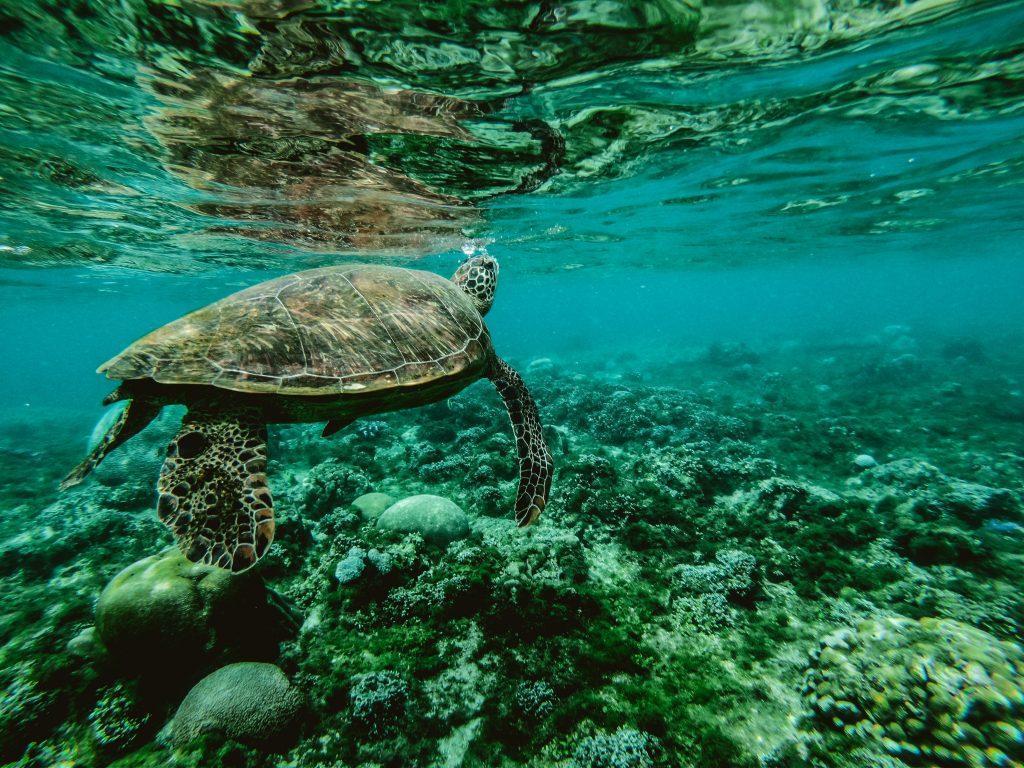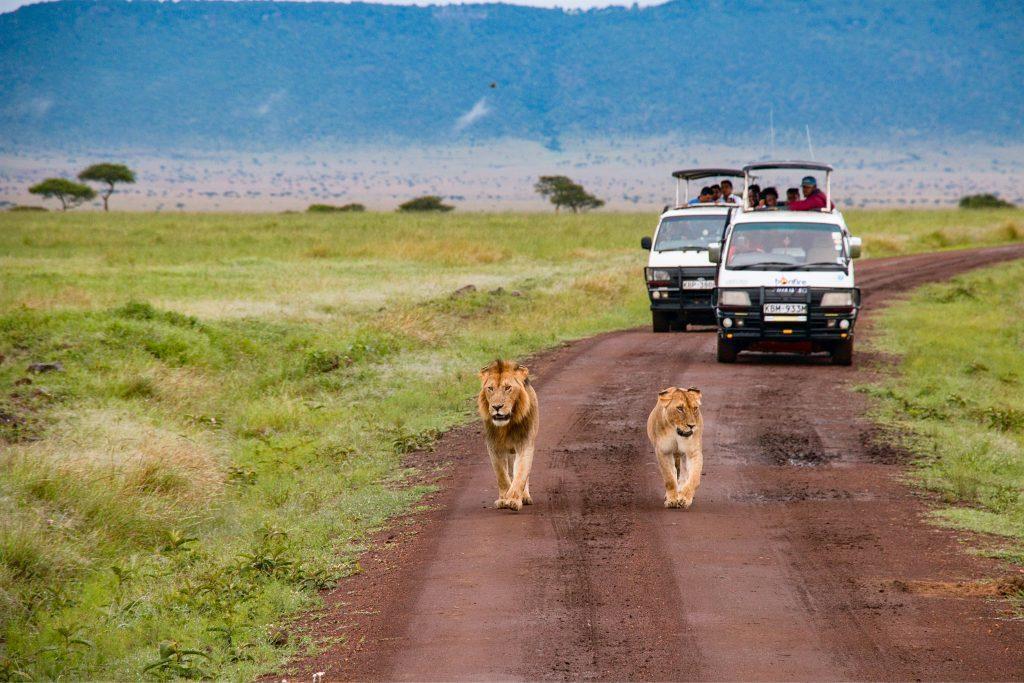Who doesn’t love to travel? For many, the desire to visit new places and explore our surroundings is inescapable. However, tourism can also place a negative impact on our natural environment. Not only can it deplete local resources, but may also lead to soil erosion, increased pollution, and place pressure on local endangered species. But how might we decrease our footprint while traveling?
What is Sustainable Tourism and why is it Important?
Sustainable tourism is defined by The United Nations World Tourism Organisation as behaviour which delivers positive economic, social and environmental outcomes. Not only is this considered from the needs of the visitor, but also the industry, community and environment. By engaging in such processes, we are moving one step closer to ensuring global thrivability.
Environmental Impact of Tourism
Firstly, tourism contributes majorly to a loss in biodiversity. New hotel or resort developments often encroach on wildlife areas. Similarly, visitors can destroy nature by trampling plants and nesting areas, or crowding space necessary to nature.
This is exemplified on the island of Zakynthos in Greece. Home to some of the most important nesting beaches for Loggerheads in the Mediterranean, it’s also very popular with tourists, attracting over half a million visitors every year. Although European nature laws help to protect the area, these nesting grounds are under constant threat from tourism demands and weak nature management.

Another example of how tourism impacts the environment is wildlife viewing. Despite their popularity, these activities can cause a change in the natural interaction of the species. Human presence may prompt an increase in heartbeat and stress hormones of elephants. Other behaviour changes that have been noted include how baboons and hyenas have learnt to track safari vehicles to lead them to cheetah kills.

What is the aim of Sustainable Tourism? And how does it help the Environment?
One of the United Nation’s Sustainable Development Goals is to protect life on land. Specifically, they aim to…
- Protect, restore and promote the sustainable use of terrestrial ecosystems.
- Sustainably manage forests.
- Combat desertification.
- Halt and reverse land degradation.
- Prevent biodiversity loss.
By working to protect wildlife and natural environments and resources, sustainable tourism aims to reduce the negative impacts of tourism. At the same time, it aims to maintain the benefits. By ensuring social justice, economic development and environmental integrity, sustainable tourism can be an invaluable tool when it comes to protecting our planet.
The Azorean Government predicted that tourism would grow even before Delta airlines introduced their seasonal flights directly into the capital from JFK in 2018. The government took preventative rather than reactive action. Officials set a 20,000 cap on the number of beds that were allowed to be available at accommodation options. In 2019, the Azores became the first island archipelago to be certified under the Earth Check Sustainable Destinations Program. In partnership with the community and the tourism industry, the government have made an official commitment to preserve and protect the natural environment. Officials and the community signed a joint charter committing to change three old habits each year, and to replace them with more sustainable practices.
How to be a Sustainable Tourist
On an individual level, it is our responsibility to make responsible, sustainable choices when traveling. Here are some tips on how to achieve this balance.
1. Stay local
Explore more of your own country. Exotic locations are always alluring, but often we haven’t seen nearly as much of home as we have of other places. If you can’t hold back, also consider visiting sustainable destinations.
Use a site like ‘bookdifferent‘ to book accommodation. Committed to sustainability, they list eco-certified hotels and can calculate your carbon footprint per night based on your selection.
If travel involves flying, consider offsetting your journey by buying credits that go towards projects that help withdraw carbon dioxide from the atmosphere. On the ground, use public transport wherever possible and walk or bike whenever you can.
2. Limit destruction
Visiting new places gives us a great opportunity to learn more about the environmental challenges in that area and to try and help. Visit protected areas so that the fees you pay can go towards helping conserve them. Shop and eat local in order to boost the local economy.
3. Give back
In countries like Belize, voluntourism is gaining popularity. Visitors are encouraged to work as conservationists and can sign up to work in the rainforests or to help protect the coral reefs and marine ecosystems.
As travellers we need to think about more than just our personal experience. We impact every destination and community we visit. It is completely within our power to make that impact a positive and sustainable one.
THRIVE is committed to ensuring a sustainable and THRIVEable future where all living forms live in harmony and in solidarity. Join us on this journey on Facebook or Instagram and sign up for our newsletter here.






















